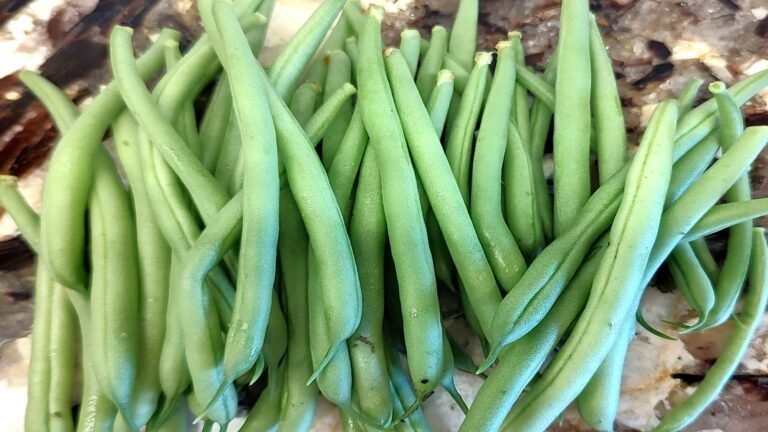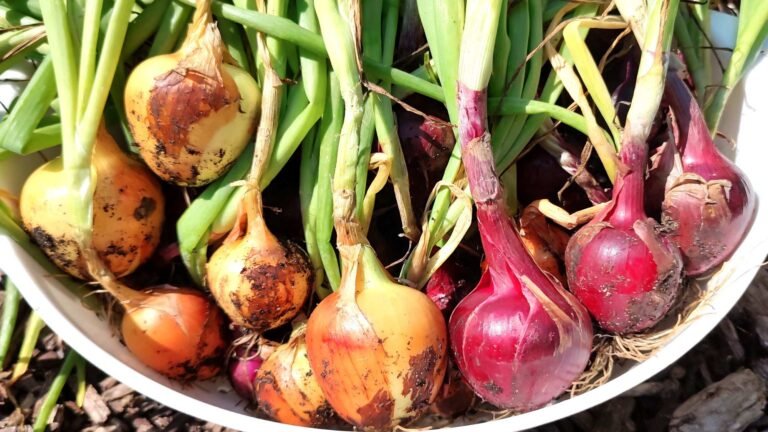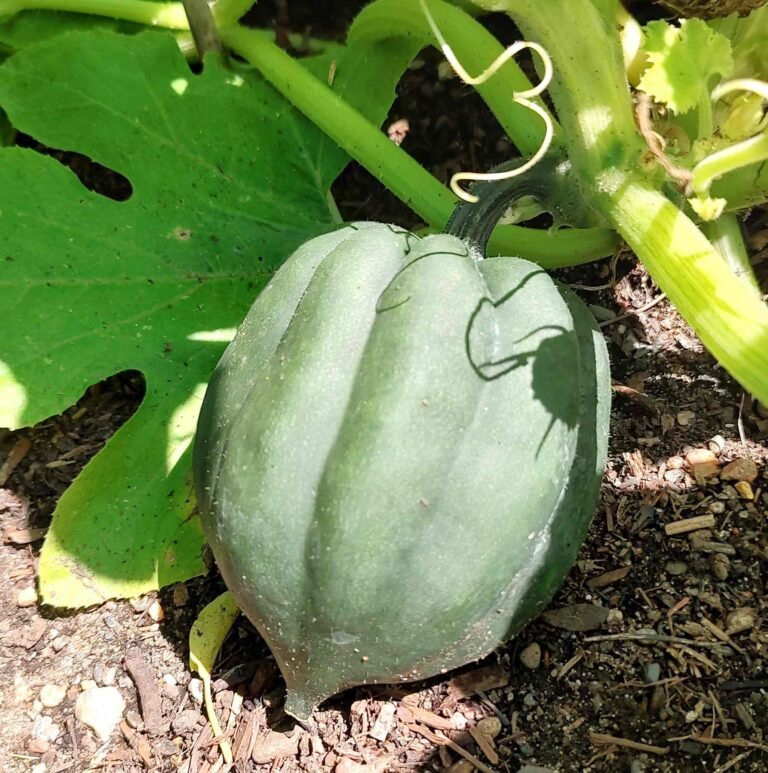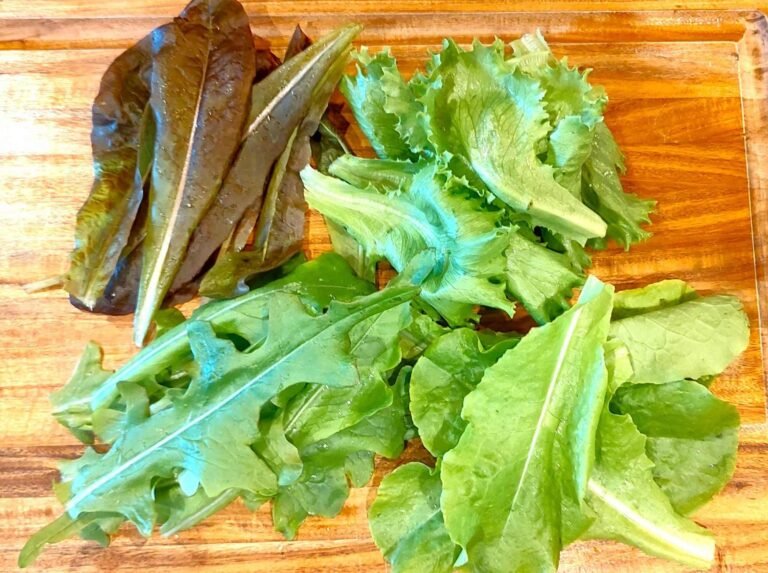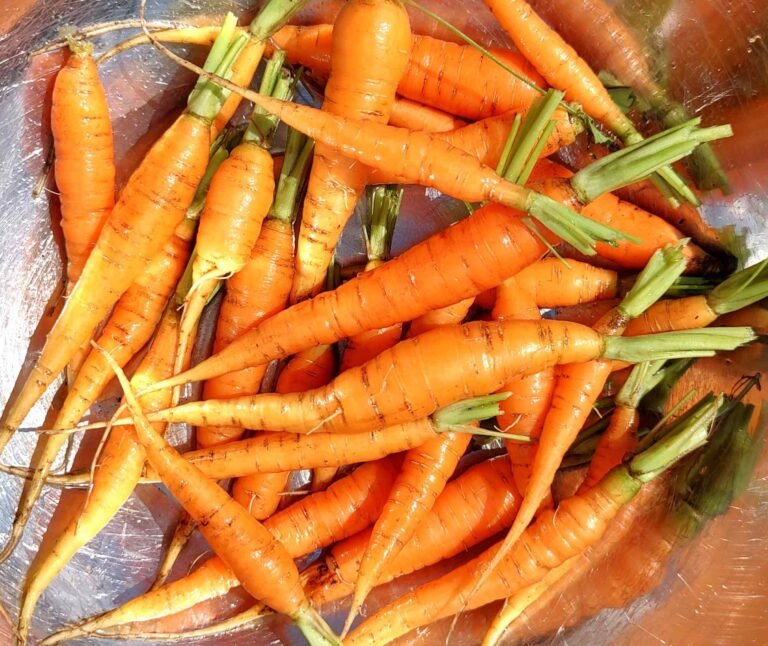Nothing beats the crisp taste of fresh cucumbers from the garden. They are a refreshing addition to salads and sandwiches, and great as a pickled snack. If you’re new to gardening or looking to enhance your cucumber harvest, this guide will walk you through the essential steps for how to grow cucumbers successfully.

How to Grow Cucumbers: Choose the Right Variety
Cucumbers come in a range of varieties, each with its own unique characteristics. When selecting a variety, consider how you intend to use them. The main categories are:
- Slicing Cucumbers: These are typically larger and have a thicker skin. They are ideal for salads and snacking. Examples include ‘Marketmore’ and ‘Straight Eight.’
- Pickling Cucumbers: Smaller and bumpy, these are ideal for pickling due to their thinner skin. Varieties like ‘Boston Pickling’ and ‘National Pickling’ are popular choices.
Other characteristics to look for that can fall into the slicing or pickling category are:
- Burpless Cucumbers: Known for their mild flavor and ease of digestion due to their low cucurbitacin. Varieties such as ‘Tasty Green’ and ‘Tendergreen Burpless’ fall into this category.
- Asian Cucumbers: Originate from or are popular in Asian cuisines. Examples include “Armenian” and “Japanese Long.”
How to Grow Cucumbers: Planting
- Timing: Cucumbers can be started indoors and transplanted or directly sown in the garden.
- Starting Indoors: If you have a short growing season, start seeds indoors 3-4 weeks before your last frost date. Sow seeds about 1/2 inch deep in seed starting mix. Transplant seedlings outdoors once they have at least two sets of true leaves and the weather is warm. Refer to my article about seed starting: How to Grow Plants from Seed
- Direct Sowing: If the risk of frost has passed and the soil temperature is consistently above 60°F (15°C), you can sow cucumber seeds directly into the garden. Plant seeds about 1/2 inch deep and 12 inches apart. Keep the soil moist as the seeds are germinating. To ensure good germination, plant at least two seeds per hole and thin the seedlings by cutting or pinching off the weaker seedling.
- Location: Cucumbers need full sun, so choose a location that gets at least 6-8 hours of sunlight daily.
- Soil Preparation: Cucumbers thrive in well-drained, fertile soil. Mix in compost or well-rotted manure to enhance soil fertility and structure.
- Planting: Cucumber plants should be spaced about 12 inches apart. Water the soil thoroughly after planting. A mature cucumber plant can reach 6-8 feet long so give them ample space. Cucumbers benefit from support to keep them off the ground, which helps reduce disease and makes harvesting easier. Install a trellis or vertical support and gently guide the plants upward as they grow.
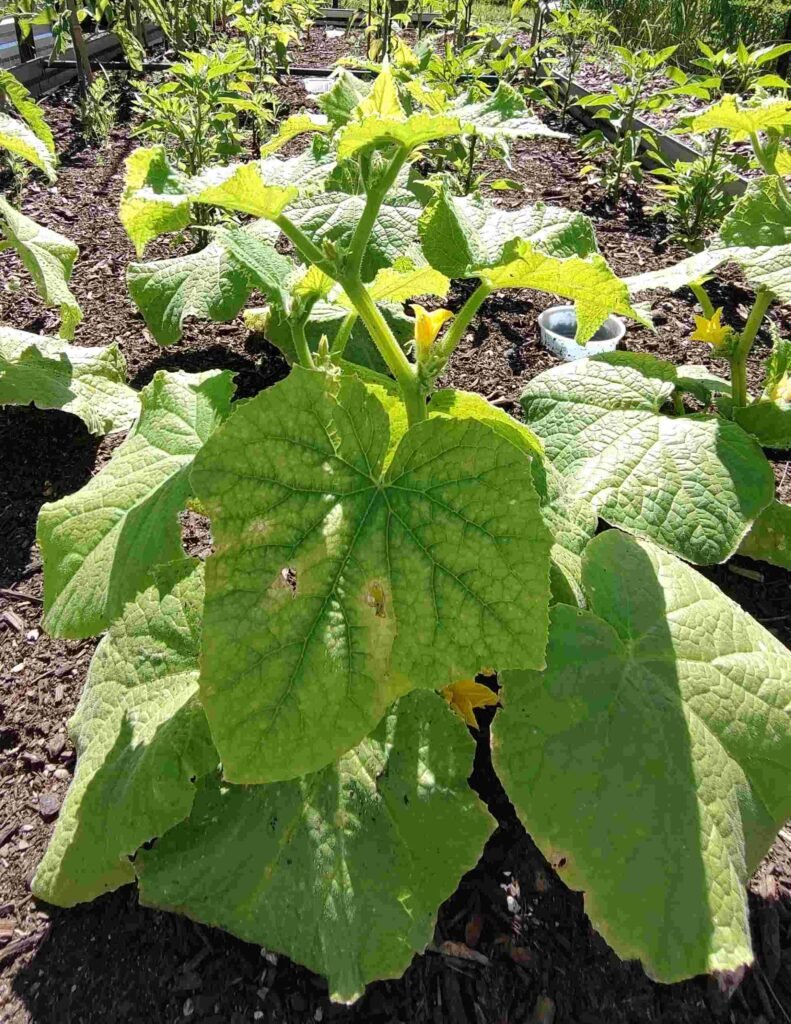
How to Grow Cucumbers: Plant Care
- Watering: Cucumbers need consistent moisture, especially during flowering and fruiting. Water deeply once a week, or more frequently during hot, dry spells. Avoid overhead watering to prevent diseases; instead, water at the base of the plants.
- Fertilizing: Apply a balanced, organic fertilizer when planting, and again when the plants begin to set fruit. Avoid excessive nitrogen, which can lead to lush foliage but poor fruit production.
- Mulching: Mulch around plants to retain moisture, suppress weeds, and maintain an even soil temperature. Organic mulches like straw or shredded leaves work well.
How to Grow Cucumbers: Pest and Disease Management
Cucumbers are prone to various pests and diseases. Monitor your plants regularly and take action as needed:
- Pests: Common pests include cucumber beetles, aphids, and spider mites. Use organic pest control methods like neem oil, insecticidal soap, or introduce beneficial insects such as ladybugs. I prefer to keep my garden as organic as possible, so I hand pick pests and toss them in a bucket of water.
- Diseases: Watch for signs of powdery mildew, downy mildew, and bacterial wilt. You can prevent most diseases by avoiding overhead watering. You can also research disease-resistant varieties prior to purchasing your seeds or plants.
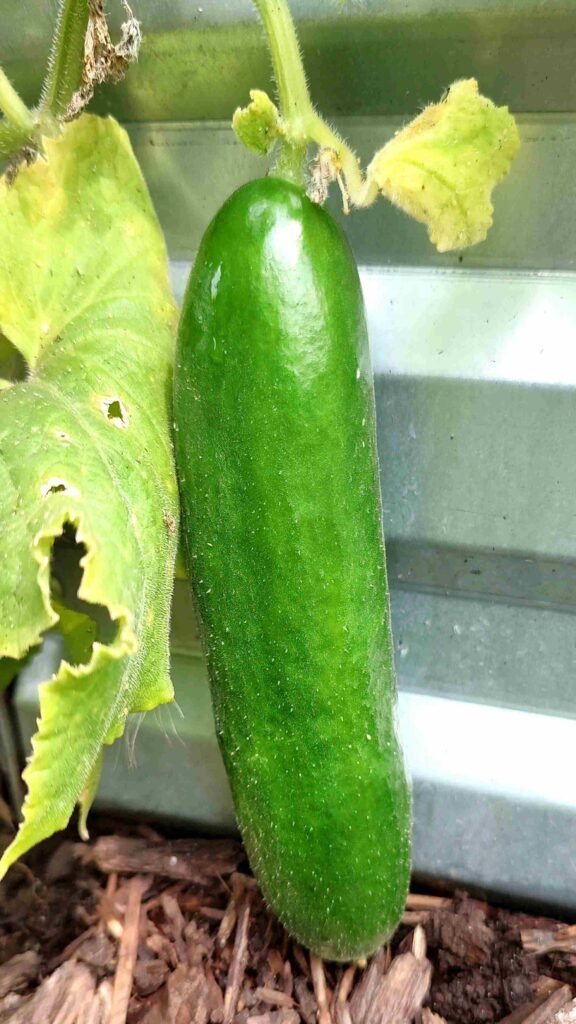
How to Grow Cucumbers: Harvesting and Storage
Harvest cucumbers regularly to encourage continuous fruit production. If you let a cucumber mature beyond its full size, the plant will stop producing more cucumbers. As the weather cools at the end of the season, the cucumber plants will slow down production.
- Slicing Cucumbers: Harvest when cucumbers are firm and have reached their full size but before they start turning yellow. Most slicing cucumbers are best picked at 6-8 inches long.
- Pickling Cucumbers: Pick when they are small, firm, and uniformly green, typically around 2-4 inches in length. The more frequently you harvest, the more the plant will produce.
- Storage: I found the best success storing cucumbers by wrapping each cucumber in a paper towel and storing them in a sealed container or storage bag in the refrigerator. The cucumbers stay crisp and firm for at least two weeks.
Cucumber Recipes
Final Thoughts
Cucumbers are relatively easy to grow and can provide a fresh and healthy addition to your meals. They are low in calories but packed with essential vitamins and minerals, including vitamin K, vitamin C, potassium, and magnesium, which contribute to overall health and wellness. Once the plants start producing, you will love visiting your garden to pick the abundance of cucumbers they provide. Happy gardening!
You Might Also Like

Refrigerator Pickles
Homemade pickles are a wonderful addition to sandwiches, burgers, or enjoyed straight from the jar as…

